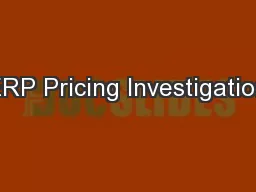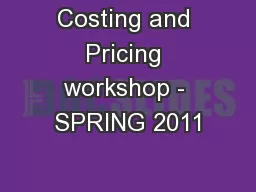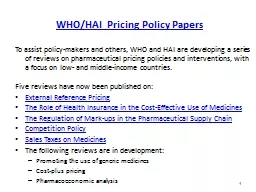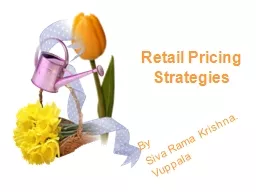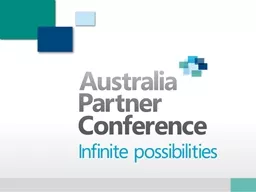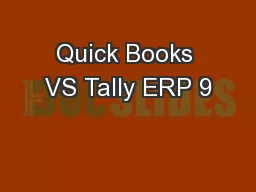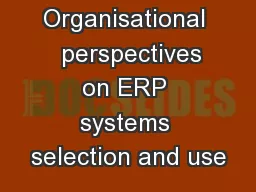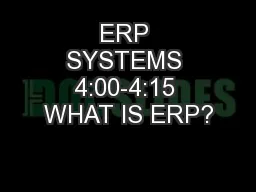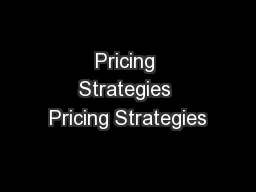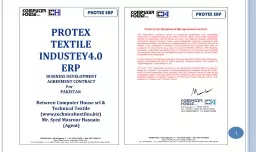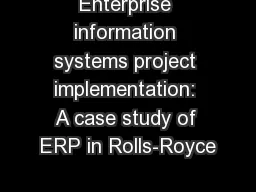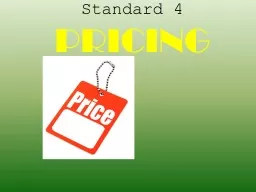PPT-ERP Pricing Investigation
Author : stefany-barnette | Published Date : 2017-12-20
Doug Hunter July 2014 Software Licensing Typical Options Types of User License Concurrent or namesLogon Basic to limited access to modulesfunctionality For Sales
Presentation Embed Code
Download Presentation
Download Presentation The PPT/PDF document "ERP Pricing Investigation" is the property of its rightful owner. Permission is granted to download and print the materials on this website for personal, non-commercial use only, and to display it on your personal computer provided you do not modify the materials and that you retain all copyright notices contained in the materials. By downloading content from our website, you accept the terms of this agreement.
ERP Pricing Investigation: Transcript
Download Rules Of Document
"ERP Pricing Investigation"The content belongs to its owner. You may download and print it for personal use, without modification, and keep all copyright notices. By downloading, you agree to these terms.
Related Documents

